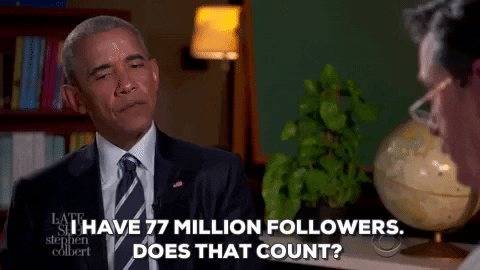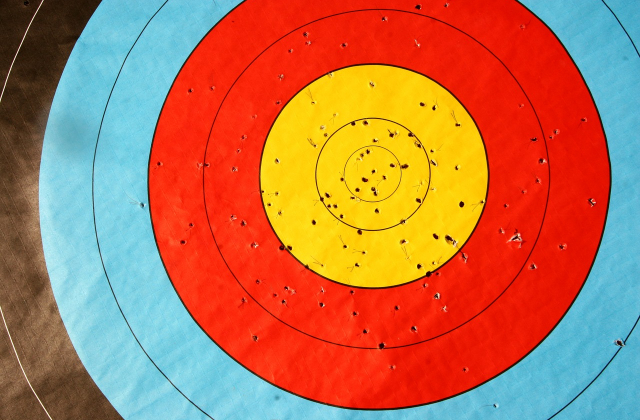Let’s face it, there will always be people who are not aware how they can use Twitter, still. There are many beginners on Twitter, who are wondering how they might make the most of the service. So, for such, here are a few helpful tips.
Twitter for beginners: Who to follow?
Ask yourself: What do I want to get from my Twitter experience?
Do you want to use it for purposes of following all the latest news and developments in your professional area? Or maybe to keep up to date with what’s happening in relation to your hobbies and interests? Do you want to stay up to date with technology news or be the first to know news from popular marketing and SEO blogs? 
Do you want your experience to be one-way (i.e. you only want receive info) or would you like to also participate with your own tweets? If you choose the latter of those last two options, what is the purpose of your participation? For fun and leisure or for professional reasons such as building a social media profile, getting noticed by potential employers, or something else entirely?
You don’t of course have to choose only one of these options – and indeed there are far more potential uses for twitter than the few mentioned above.
However, one problem that users consistently find with Twitter is that their experience is sometimes rather flat and doesn’t quite fit with the rave reviews that some other experienced users are espousing.
One common reason for this is that users haven’t considered any of the above questions at all.
#1 Avoid excessive noise
Some people/organisations/companies tweet endlessly and these users can quickly clog up your display so that they drown out the full range of follows that you have chosen.
For users like this it is especially important to decide whether or not it is worth the bother. Many other tweets will simply get lost by the quick turnover of these very active accounts.
News organisations especially function in this way, so if you follow the news using other apps/websites – maybe don’t do so on Twitter as well unless you’re specifically focused on this one area.
#2 Avoid duplication
This point is connected to the above and is again aimed to improve the quality of experience on Twitter.
For example, if you import all your Facebook friends into Twitter and follow them all, you will inevitably end up with a lot of crossover between status updates and tweets (many people post the same thing for both).

Again, not all users do this but, if you are an active Facebook user, you might want to seriously consider whether it’s worth using twitter to connect with the exact same people – and in the exact same way – as you do on Facebook.
This is something to be especially careful with when you’re prompted to import contacts from other services (Hotmail, MSN, Gmail, Yahoo) upon joining Twitter.
#3 Create your online presence
If you want to get involved by writing your own tweets – and especially if you are doing so from a professional position – then you’ll need to consider the way you present yourself on the network.
Choose a profile photo and a short description that makes sense to the people you’d like to communicate with. You might also want to limit the number of tweets unrelated to professional matters.
Otherwise, people who follow you for work-related reasons might decide it’s not worth the bother. Maybe, make a separate work account if you are highly active user on this front).
Also, remember to add a disclaimer in your description that the views of your twitter account do not reflect your employer’s views – it can help save a whole lot of hassle.
#4 Most other Twitter users are also other people
They far outnumber organisations and companies on the network. The service is therefore at its best when you build connections with people that you otherwise couldn’t reach so easily. Build a communicative network that you don’t have on Facebook or LinkedIn.

Twitter is a bit like other social networks, but it also has many unique features which are most evident if you try to use it a bit differently than you would those other services.
Anyway, you might already have figured out that the best way to really get into Twitter is just to start using it for yourself.
The longer you play around with it, the more logical and intuitive it will seem and you’ll probably be better positioned to work out exactly why you’re there and how to make the most of it.
Twitter for beginners: What to tweet
You probably recognise these kind of tweets because they are also common on Facebook as uninteresting status updates proclaiming that the user has just performed some sort of mundane activity, in a mundane and uninteresting way.

In essence, there is nothing worth sharing here and, unless you are a super celebrity (with a very devoted following) most other Twitter users won’t care to receive such tweets.
(The other exception is if you are a very talented writer/thinker who can make anything and everything seem interesting – in which case you don’t need any advice from me on how to be successful with twitter).
Beginners on Twitter need to avoid mundane twitting
The problem is that new or inexperienced twitter users sometimes don’t know what else to tweet – which is why they either look around them, or into the past 5 minutes of their life, in order to find some potential content for a tweet.
This is the same as walking around in the street and telling people ‘I want some chips’ or ‘Can’t wait for Christmas’ – there’s nothing wrong with this particularly.
Except for the fact that those statements/utterances, however valid and true, are not likely to interest anyone else. Again, if you are Madonna or Britney Spears, then that would be an exception to the rule.
So, tip number one is to avoid the mundane statements about doing something mundane. Either the sandwich needs to be interesting – or your thoughts on it do. Both is even better, while neither is a waste of everyone’s time.
Twitter for beginners: why you are communicating on Twitter and with whom?
If people are likely to follow you for professional reasons, then you might want to focus the majority of your tweets on related matters. If this is not why you joined Twitter, then that’s fine – but maybe make this clear in your info description:
(e.g. ‘Joe Bloggs, CEO of a major corporation and keen fisherman. Follow me for thoughts about my favourite hobby’ or something of the sort).
Finally, remember that if you want to get tweeting, the most interesting results will come from tweets that promote engagement from other users. The best way to do this is to offer something interesting or unique.
Only users with established public prominence (whether celebrities, politicians, or high-profile companies) can count on getting users simply because of who they are.
For the rest of us, here are two very successful twitter users who are good examples of how to either offer a unique concept (@shitmydadsays) or a variety of consistently interesting personal tweets (@stephenfry).
Happy tweeting!



